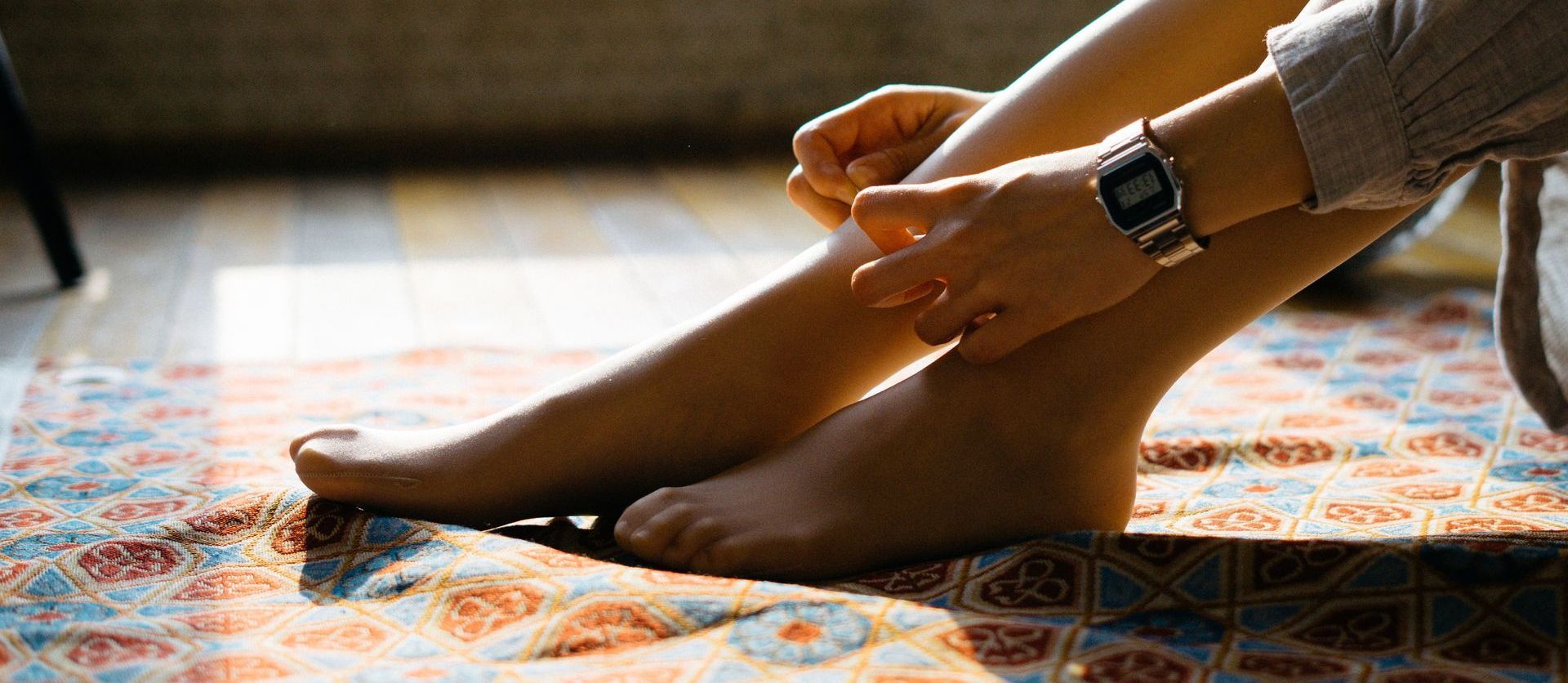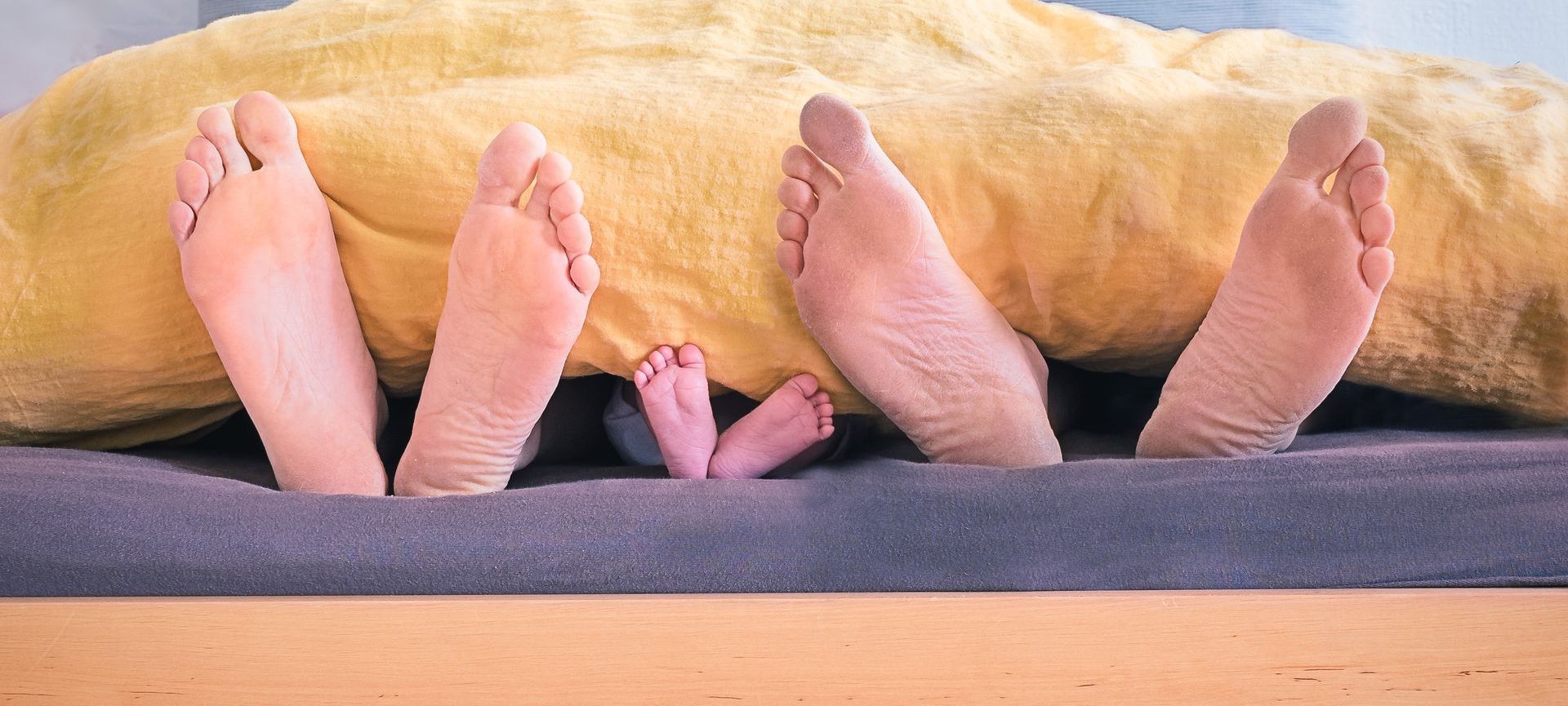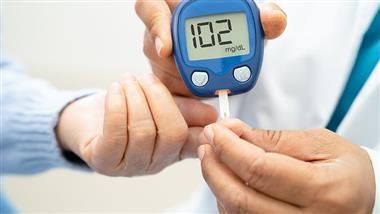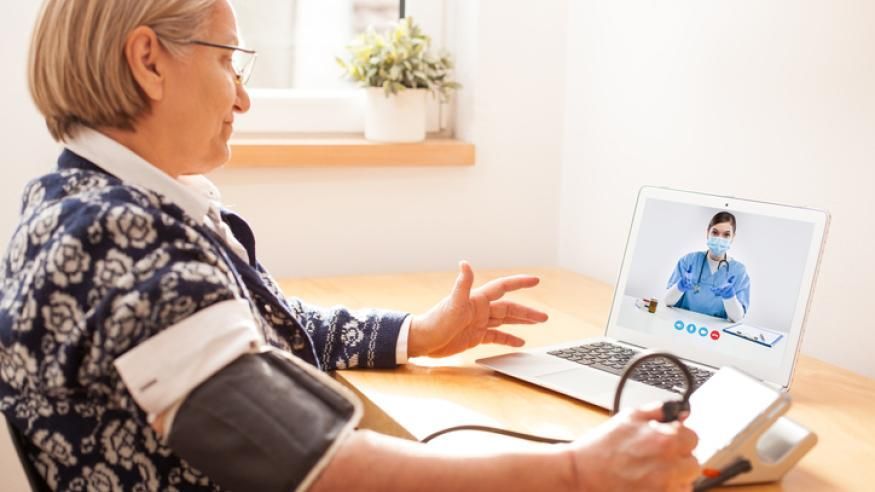Diabetes and Foot Health
Your Feet Should Not Be Forgotten
If you have diabetes, you are likely aware of the many potential health risks to various parts of the body. However, one area that often gets overlooked is the potential for negative effects on your feet. Diabetes affects the feet in many ways. Diabetes occurs when the body does not produce enough insulin or does not use it effectively, resulting in elevated blood glucose levels. The high glucose levels can cause nerve damage and reduce circulation in the feet and other parts of the body.
Let’s take a closer look at some of the potential foot ailments that diabetes can cause as well as some preventative measures that you can take to reduce your risk of developing them.

Diabetes Foot Complications
Foot Ulcers
People with diabetes are more likely to develop open sores (ulcers) on their feet due to poor healing. Poor healing is caused by an impaired immune system associated with diabetes as well as decreased blood flow and sensation in the feet due to nerve damage. The risk of developing foot ulcers is also increased if there is an infection, trauma, or pressure on the feet.
Nerve Damage
People with diabetes are more likely to experience nerve damage (peripheral neuropathy) in their feet due to high blood glucose levels over time. This causes reduced sensation in the feet, which can lead to difficulty feeling pain and detecting potential injuries such as cuts, bruises, or blisters that can lead to infection or ulceration. It also increases the risk of burning sensations, numbness, tingling, or sharp pain in the extremities, including the hands and feet.

Infection
Reduced blood flow and poor circulation combined with poor sensation increase the risk of developing infections such as athlete’s foot and cellulitis, which can spread quickly without proper treatment. Without proper treatment, these infections can become severe and spread throughout the body, possibly even leading to amputation if left untreated.
Charcot Foot
Also known as
neuropathic arthropathy, this is a condition caused by nerve damage that results in weakened bones in the foot, similar to osteoporosis, resulting in painful joints that require surgery to treat. Charcot foot can also result from increased pressure on nerves from ill-fitting shoes. With diabetes, when your shoes don’t fit correctly, it might be due to a lack of sensation in affected areas resulting from nerve damage. This can make it difficult for diabetics to know when something does not fit properly on their foot, causing further injury or damage.

How to Care for Your Feet
Fortunately, there are preventative measures that people with diabetes can take in order to better care for their feet:
Check Feet Daily
It is important for all people with diabetes since they may have reduced sensation or difficulty recognizing signs of injury or infection due to nerve damage, so checking your feet daily will help you recognize any changes early before they become serious problems requiring medical attention.

Wear Proper Footwear
Always wear shoes that fit properly (including socks); avoid wearing sandals or flip flops because they do not provide protection against injury or infection; this applies even when indoors because some areas may have rough surfaces or objects strewn about that could be potential sources of injury or infection if stepped on barefoot; and only wear shoes intended specifically for diabetic patients because these are designed with additional cushioning. Avoid purchasing used shoes because they may have already been worn down, providing less cushioning and support than new shoes. Never go barefoot, especially outdoors!

Avoid Smoking and Exercise Regularly
Smoking reduces circulation, increasing the risk of infection and ulceration and regular exercise helps maintain healthy blood glucose levels and combats insulin resistance. While these are among the most commonly recommended health prescriptions for all people, it’s especially important for those with diabetes to adhere to in order to maintain healthy feet.
Regular Visits to the Doctor and Podiatrist
These visits will help monitor overall health while looking out any signs of potential problems needing attention, such as fungal infections that do not appear right away even after a diligent home-care routine was followed, making sure nothing slips through the cracks and catching anything early before it becomes a serious problem later requiring hospitalization.
If you have diabetes and are looking for convenient and innovative ways to manage your diabetes and protect your foot health, please don’t hesitate to reach out to us at any time!






Healthy Bites















